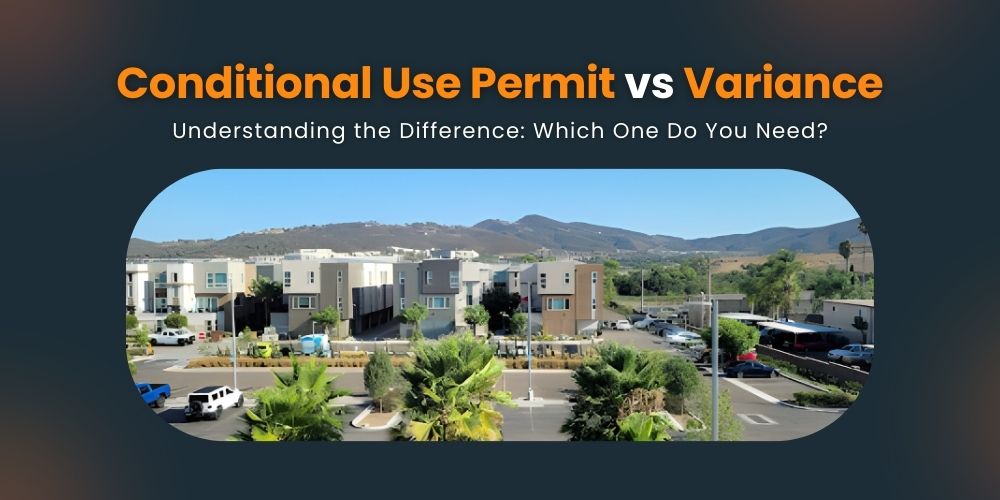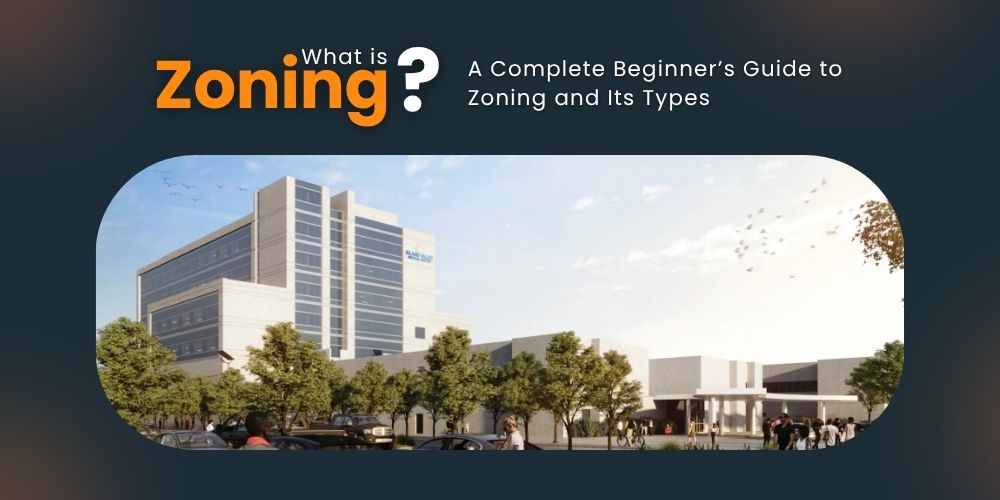Hi, I’m Terry Strom. If you’re a developer, property owner, or real estate professional in California, facing a discretionary permit application can sometimes feel like you’re standing at the entrance of a complex labyrinth. You know where you want to go – project approval – but the path forward looks winding, confusing, and potentially full of dead ends.
You’re not alone in feeling that way. The discretionary permit process in California is notoriously complex. It’s often confusing, procedures can vary significantly between different cities and counties, and it’s unfortunately filled with potential bottlenecks that cause frustrating delays.
But like any maze, it becomes much less intimidating once you have a map. Think of this post as your high-level guide – a roadmap designed to demystify the typical stages involved in securing discretionary permits. Understanding the journey, the common land use approval steps, and potential challenges can help you navigate the process more effectively.
The Nature of the Maze: Factors Contributing to Complexity
Why does it often feel like such a labyrinth? Several factors contribute to the complexity:
- Multiple Agency Involvement: It’s rarely just the Planning Department. Your application typically needs review and input from Engineering/Public Works, Building & Safety, the Fire Department, Environmental Health, and sometimes Parks & Recreation or other specialized divisions. Coordinating these reviews takes time.
- Layered Reviews & Regulations: Your project isn’t just reviewed against the basic zoning code. It’s often subject to the General Plan, potentially a Specific Plan for the area, various overlay zones (like Coastal, Airport Influence, Historic Preservation), and overarching state laws like the California Environmental Quality Act (CEQA). Each layer adds complexity.
- Jurisdictional Variations: While the fundamental steps outlined below are common, the specific procedures, interpretation of codes, required forms, timelines, and even the political climate can vary significantly between different cities and counties. What works smoothly in one jurisdiction might face hurdles in the neighboring one when dealing with Southern California development permits.
Charting Your Course: Key Milestones in the Entitlement Process Flowchart
Despite the variations, most discretionary permit applications follow a generally predictable sequence of steps. Here’s a look at the typical milestones you’ll encounter on your journey:
- Pre-Application Meeting (Optional but Recommended): Before investing heavily in detailed plans and application fees, it’s often wise to have an early discussion with agency planning staff. This can provide valuable initial feedback, clarify requirements, and identify potential major issues upfront.
- Application Submittal: This is the formal start. You’ll prepare and submit the complete application package, which includes detailed plans, technical reports (like traffic studies or biological assessments, if required), completed forms, and the initial agency fees.
- Completeness Review (The First Hurdle): Don’t underestimate this step! Before substantive review begins, agency staff will check if your application package contains all the required information according to their checklist. If deemed incomplete, it gets sent back, and the clock stops until you resubmit. This is a very common source of early delays, making a thorough initial submittal crucial.
- Agency Routing & Comments: Once deemed complete, the application is circulated to all relevant internal departments (Planning, Engineering, Fire, etc.) and sometimes external agencies (like water districts or regional bodies) for their review and comments based on their specific areas of responsibility.
- 5. **Environmental Review (CEQA Review Process): If your discretionary project might cause an environmental impact (which many do), the CEQA (California Environmental Quality Act) review process runs concurrently. This involves determining if the project is exempt, preparing an Initial Study, and then potentially a Negative Declaration (Neg Dec), Mitigated Negative Declaration (MND), or a full Environmental Impact Report (EIR). (This is a complex topic deserving its own discussion – look for my post specifically on navigating CEQA).
- Public Noticing & Hearings: Discretionary projects typically require formal public notification to nearby property owners and residents. Staff prepares reports with recommendations, and the project is scheduled for public hearings before decision making bodies like the Planning Commission or the City Council or County Board of Supervisors.
- Conditions of Approval: If the decision-making body approves the project, the approval comes with a list of “Conditions of Approval” (COAs). These are specific requirements the project must meet before a grading permit is issued, a building permit is issued, and/or a Certificate of Occupancy is issued.
- Appeal Period: After a decision is made to approve or deny the project, there’s typically a statutory appeal period (often 10-15 days) during which the applicant or interested third parties can appeal the decision to a higher authority (e.g., appeal a Planning Commission decision to the City Council).
Who’s Involved and What Might Change?
Understanding the players and potential variations is also key:
- Decision-Makers: Planning staff typically review applications and make recommendations. Hearing Officers might decide on simpler matters. Planning Commissions often handle quasi-judicial decisions like CUPs and Variances. City Councils or County Boards of Supervisors usually handle legislative matters (like Zone Changes) and act as the final appellate body for most decisions.
- Common Variations: Certain permit types inherently add more steps or complexity. For example, projects in the Coastal Zone require Coastal Development Permits, often involving coordination with the California Coastal Commission.
Strategies for Navigating City Permits Southern California More Efficiently
While you can’t always control agency timelines, you can take steps to make your journey through the labyrinth smoother:
- The Power of a Complete Application: I can’t stress this enough. Investing the time and resources upfront to submit a truly complete, well-organized, and clear application package is the single best way to avoid early delays at the completeness review stage. Anticipate questions and provide the answers.
- Proactive Communication: Once a planner or project manager is assigned, maintain open, professional, and regular communication. Understand their preferred method (email, phone), respond promptly to their requests, and keep them informed of your progress on any required revisions.
- Understand the Iterative Nature: Rarely does an application sail through without comments or requests for clarification/revision. Be prepared for this back-and-forth. View agency comments constructively and respond thoroughly.
- Patience and Persistence: The discretionary permit process in California takes time. While proactive management helps, patience is still required. Consistent, professional follow-up is key to keeping your project moving forward.
Finding Your Way Through
Yes, the discretionary permit process in California can feel like a complex labyrinth. But hopefully, this roadmap helps illustrate that it does follow a generally predictable (if sometimes frustratingly long) sequence of land use approval steps. Understanding this typical entitlement process flowchart helps you manage expectations, anticipate potential challenges, and navigate the journey more effectively.
Of course, knowing the general map is one thing; but successfully navigating the specific twists, turns, and potential roadblocks within a particular local jurisdiction often requires an experienced guide – someone who knows the terrain intimately.
Don’t get lost in the California permit labyrinth. Navigate with an experienced guide.
Need expert assistance mapping out the specific land use approval steps for your unique project in Southern California? Want help managing the entire discretionary permit process in California from pre-application through final approval?
Give me a call and let my experience guide your project efficiently through the maze.
Terry Strom
Strom Entitlement-Permitting Project Management
300 Carlsbad Village Drive, Suite 108A-74 Carlsbad, CA 92008
(951) 970-7995
Terry@StromPermit.com
Contact me today for a free 30-minute consultation.




